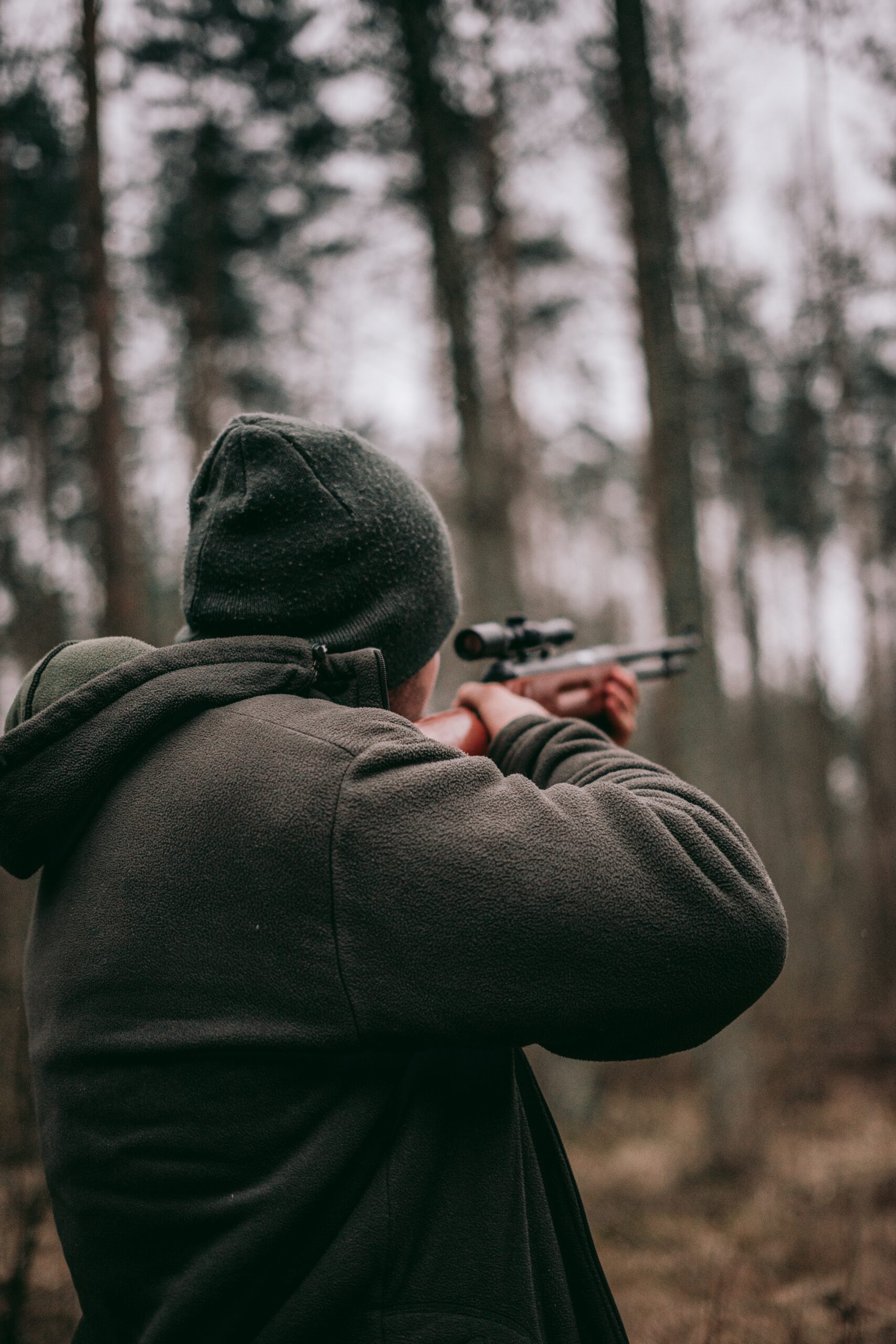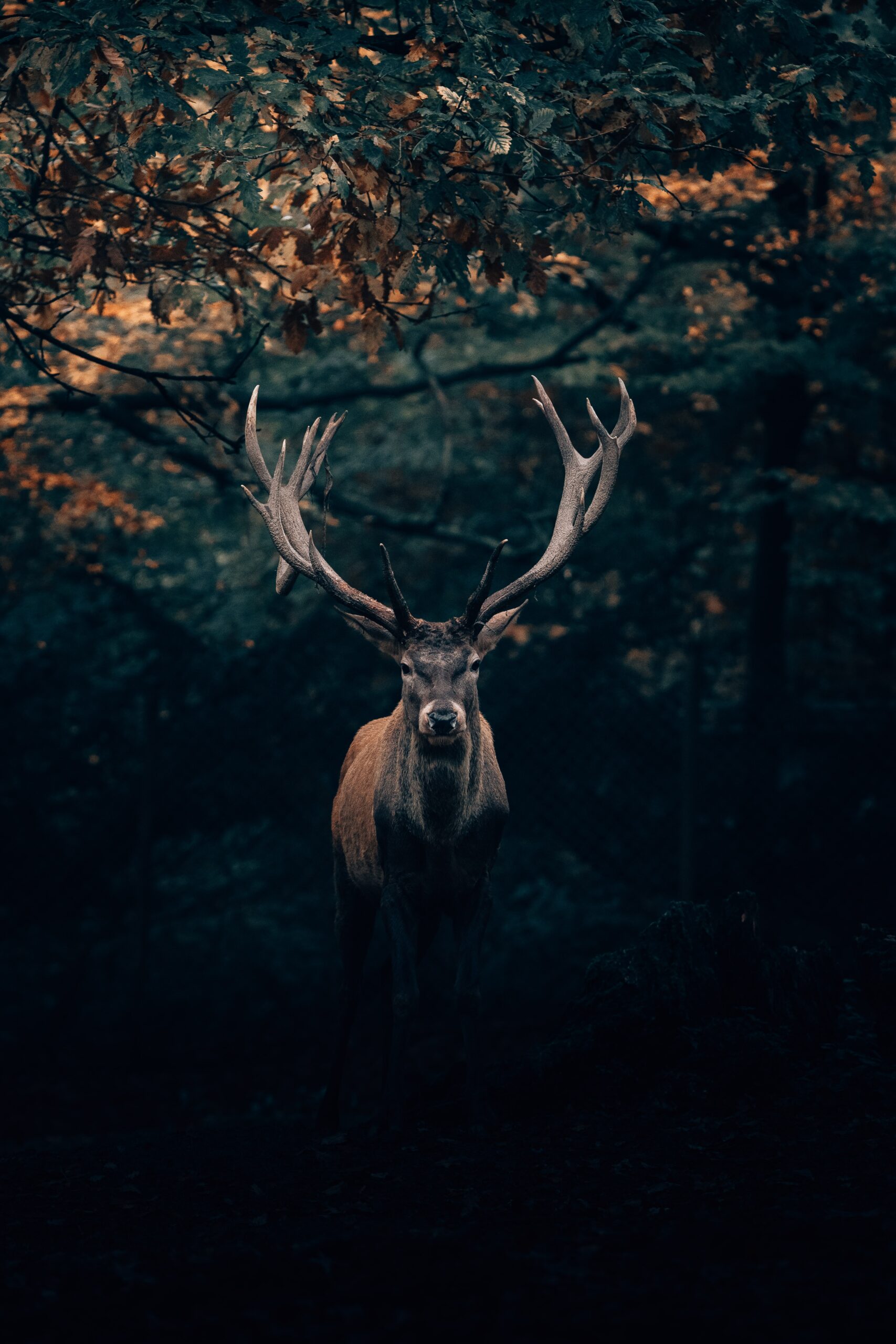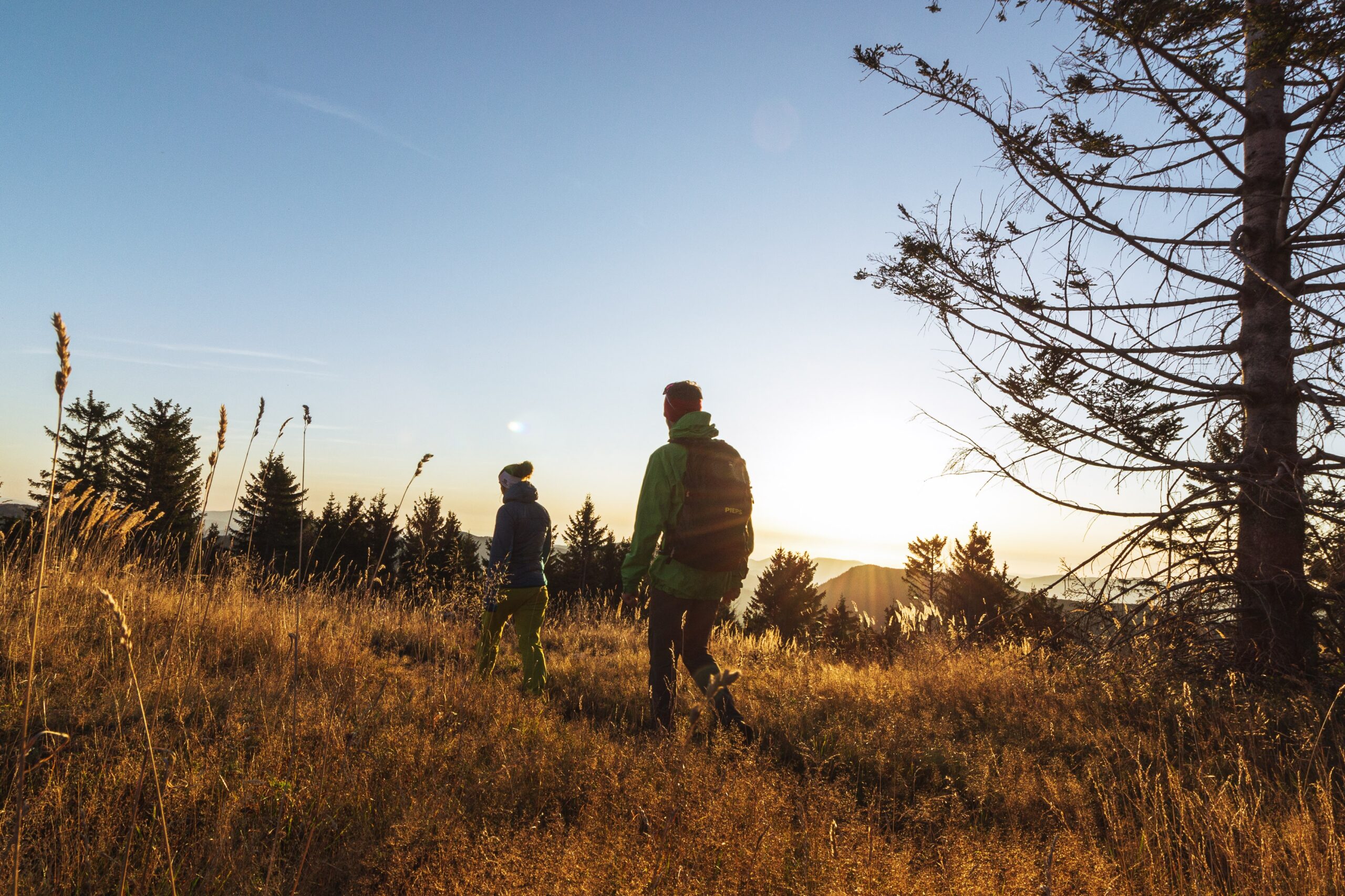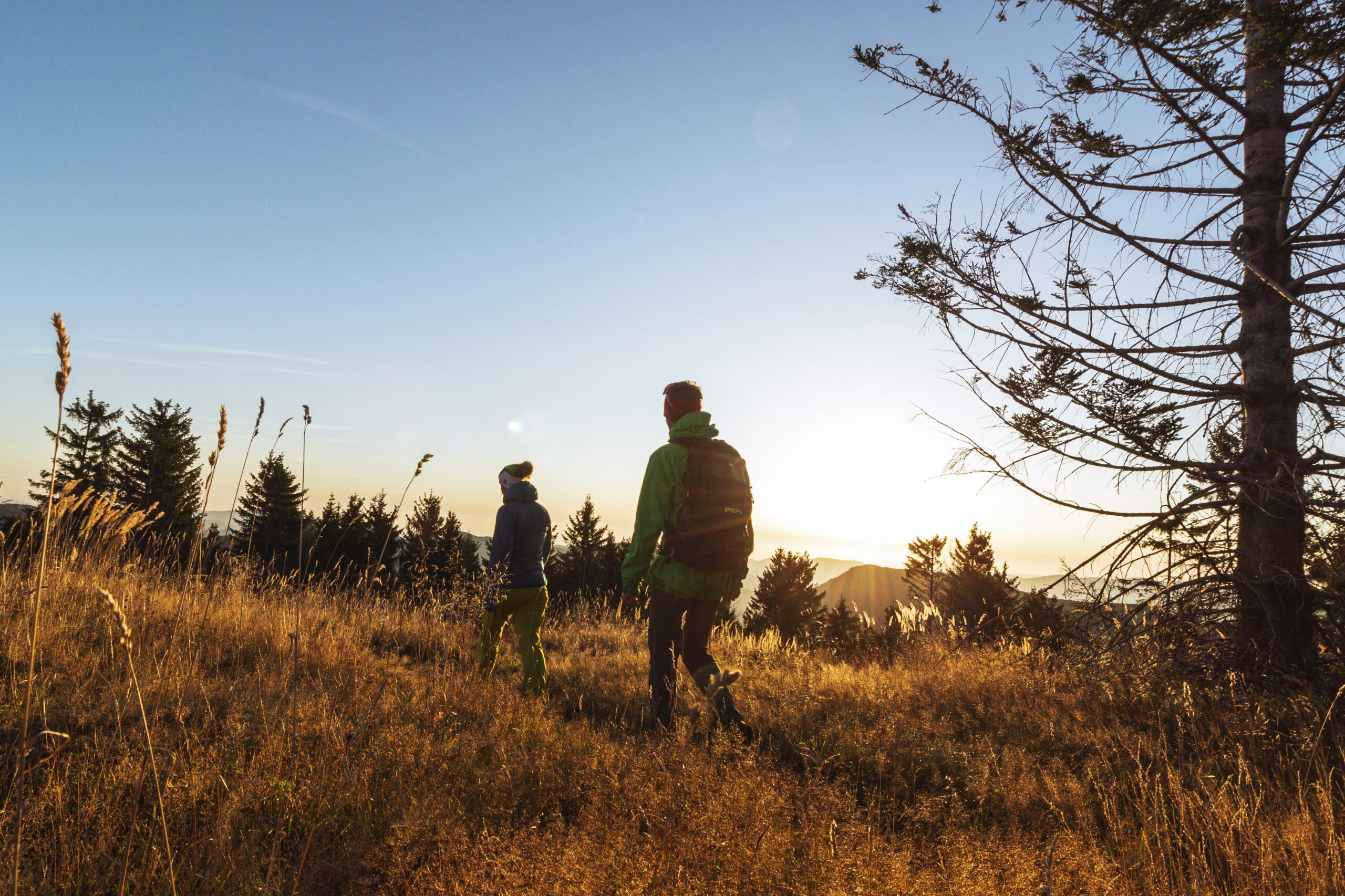If you’re an avid hunter or considering taking up the sport, you’ve probably heard about the wonders of a spotting scope. But the question on your mind might be, “Can I use a spotting scope for hunting?” Well, the answer is a resounding yes! A spotting scope can be an invaluable tool to enhance your hunting experience, allowing you to observe distant targets with clarity and precision. In this article, we will explore the benefits of using a spotting scope while hunting and how it can revolutionize your next expedition. So, grab your gear and get ready to discover a whole new level of hunting prowess!

Understanding the Spotting Scope
Brief Overview of Spotting Scope
A spotting scope is a versatile optical device that is commonly used for outdoor activities such as hunting, birdwatching, and surveillance. It is essentially a portable telescope with added features that enable the user to observe distant objects with clarity and detail. Spotting scopes are primarily designed for outdoor enthusiasts who require a high level of magnification and image quality to enhance their experience while out in the field.
History of Spotting Scopes
Spotting scopes have a rich history that dates back to the late 19th century when they were first developed for military use. Initially, they were large and cumbersome, with limited magnification capabilities. However, advancements in technology over the years have led to the development of more compact and lightweight spotting scopes with improved optical performance. Today, spotting scopes have become an essential tool for hunters, allowing them to track and identify game from long distances.
Different Types of Spotting Scopes
There are several different types of spotting scopes available on the market, each catering to specific needs and preferences. The two primary variations include straight spotting scopes and angled spotting scopes.
Straight spotting scopes have an eyepiece that is aligned with the objective lens, resulting in a straight line of sight. This design is useful for quick target acquisition and is ideal for situations where a stable platform, such as a tripod, is not available.
On the other hand, angled spotting scopes feature an eyepiece that is set at a 45-degree angle to the objective lens. This design allows for greater flexibility in positioning the scope, making it easier to observe objects at different elevations. Angled spotting scopes are particularly popular among hunters who frequently scan uneven terrain or observe from a seated position.
Features of a Spotting Scope
Magnification Abilities
One of the most crucial features of a spotting scope is its magnification abilities. The magnification power of a spotting scope determines how closely you can observe the objects in your field of view. Spotting scopes typically offer a range of magnifications, indicated by a set of numbers (e.g., 20-60x), with the first number representing the lowest magnification and the second number representing the highest.
When choosing a spotting scope for hunting, it is essential to consider the distance at which you will be observing your target. Higher magnification can provide a more detailed view of the game, but it may also narrow the field of view and reduce image brightness. It is crucial to strike a balance between magnification and image quality to ensure an optimal hunting experience.
Objective Lens Size
The objective lens size of a spotting scope plays a crucial role in determining the amount of light that enters the scope. The larger the objective lens, the more light it can gather, resulting in brighter and clearer images, especially in low-light conditions. However, larger objective lenses also make the scope heavier and bulkier.
For hunting purposes, a spotting scope with an objective lens size of around 60-80mm is generally recommended. This size strikes a balance between image brightness and portability, making it suitable for various hunting situations.
Field of View
The field of view refers to the width of the observable area through the spotting scope. A wider field of view allows for easier tracking of moving targets and provides a more comprehensive view of the surrounding environment. However, a wider field of view often comes at the expense of magnification, as it spreads the available image across a larger area.
When hunting, it is essential to consider your specific needs. If you anticipate observing fast-moving game or need a broader perspective of your surroundings, a spotting scope with a wider field of view would be beneficial. Conversely, if you prioritize magnification and detail, a narrower field of view may be more suitable.
The Scope’s Body Style
Spotting scopes come in various body styles, each with its advantages and disadvantages. The two primary body styles are the straight body and the angled body.
Straight body scopes provide a direct line of sight from the eyepiece to the objective lens, making them easier to use when quickly acquiring targets or scanning a straight line. They are also more compact and portable, making them suitable for hunters who are frequently on the move.
Angled body scopes, as the name suggests, feature an angled eyepiece that is set at 45 degrees to the objective lens. This design allows for more comfortable viewing, especially when observing targets at varying elevations. Angled body scopes also facilitate sharing the scope among multiple users of different heights or positions.
Focus Mechanisms
Spotting scopes utilize various focus mechanisms to ensure a sharp and clear image. The two main types of focus mechanisms are the helical focus and the rack and pinion focus.
Helical focus mechanisms are commonly found in lower-end spotting scopes. They require twisting the eyepiece or objective lens to achieve focus, which can be imprecise and time-consuming. Rack and pinion focus mechanisms, on the other hand, provide smoother and more precise focusing by using a geared system. This type of focus is often found in higher-end spotting scopes and allows for quick and accurate adjustments.
When choosing a spotting scope, it is essential to consider the ease and speed of the focus mechanism, as it can greatly impact your ability to track and observe game effectively.
Eyepieces of Spotting Scopes
The eyepiece of a spotting scope is where the user looks through to observe the magnified image. Spotting scopes often come with interchangeable eyepieces, allowing the user to customize the magnification power and field of view based on their specific needs.
Eyepieces have varying magnification ranges, such as 20-60x or 30-80x, and different eyepiece designs may affect the image quality and overall viewing experience. It is recommended to choose eyepieces from reputable manufacturers known for their high-quality optics to ensure the best possible image clarity and brightness.
Spotting Scope vs Other Scopes
Spotting Scope versus Telescope
While both spotting scopes and telescopes are designed to observe distant objects, there are significant differences between the two that make them better suited for different purposes. Telescopes provide much higher magnification capabilities, making them ideal for astronomical observations. They also have larger objective lenses, allowing for more light gathering and better image quality.
Spotting scopes, on the other hand, are more portable and versatile, making them suitable for a wide range of outdoor activities. They offer lower magnification ranges but provide a wider field of view, which is useful for tracking moving targets and scanning large areas. Spotting scopes are designed to be easily handheld or mounted on a tripod, making them more convenient for hunters on the go.
Spotting Scope versus Binoculars
Binoculars and spotting scopes serve similar purposes but have distinct differences in terms of design and functionality. Binoculars provide a two-eyed viewing experience, making them more comfortable to use for extended periods. They are generally lighter and more compact than spotting scopes, making them easier to carry.
However, spotting scopes offer superior magnification capabilities compared to binoculars. They also have larger objective lenses, enabling better light gathering and improved image quality, especially in low-light conditions. Spotting scopes are ideal for situations where more detailed and long-range observations are required, such as scouting game during hunting.
Spotting Scope versus Rifle Scope
While both spotting scopes and rifle scopes are used for shooting activities, they serve different purposes. Rifle scopes are designed to provide precise aiming and targeting for firearms, ensuring accurate shot placement. They offer high magnification capabilities and often have specialized reticles and adjustments for bullet drop compensations.
Spotting scopes, on the other hand, are used primarily for observation rather than aiming. They offer a wider field of view, allowing hunters to scan and track game from a safe distance. Spotting scopes are commonly used in combination with a rifle scope, as they help hunters locate and identify game before switching to the more precise aiming capabilities of the rifle scope.
Advantages of Using a Spotting Scope for Hunting
Enhanced Long-Distance Viewing
One of the significant advantages of using a spotting scope for hunting is its ability to provide enhanced long-distance viewing. Spotting scopes offer higher magnification than most binoculars, allowing hunters to observe game from much farther away. This enhanced viewing capability enables hunters to assess the animal’s size, age, and antler quality, giving them valuable information before deciding to pursue the target.
Improved Scouting Abilities
Spotting scopes are invaluable tools for scouting and surveying hunting areas. They allow hunters to peer into the distance and observe game or potential hunting spots without disturbing the animals. By carefully observing the behavior and movement patterns of the game, hunters can make informed decisions about the best locations for setting up blinds or tree stands.
Aid for Game Identification
Identifying game accurately is crucial for ethical hunting. Spotting scopes enable hunters to observe animals from a safe distance, ensuring proper species identification before taking a shot. This eliminates the risk of mistakenly targeting protected or unintended animals. The high magnification and clarity offered by spotting scopes allow for detailed observation, enabling hunters to spot subtle features, patterns, or antler characteristics that may be difficult to see without magnification.
Safe Distance Observations
Spotting scopes allow hunters to maintain a safe distance from potentially dangerous game. By observing animals from afar, hunters can avoid alarming or spooking the game, increasing the chances of a successful hunt. Additionally, being able to scout and observe game from a distance minimizes the risk of encounters with animals that may pose a threat to human safety.

Drawbacks of Using a Spotting Scope for Hunting
Heavy and Bulky Equipment
One of the notable drawbacks of using a spotting scope for hunting is the added weight and bulkiness compared to other optical devices such as binoculars. Spotting scopes, especially those with larger objective lenses, can be quite heavy, particularly when combined with a tripod. This extra weight may make it challenging to carry the equipment over long distances or through rough terrain.
Demands for a Stable Platform
To fully utilize the capabilities of a spotting scope, it is essential to use it with a stable platform such as a tripod. Spotting scopes with higher magnification can be challenging to keep steady with handheld use, resulting in shaky images and difficulty tracking moving targets. The requirement for a stable platform adds complexity and may limit mobility during hunting situations.
Not Ideal for Close Range
Spotting scopes, with their higher magnification abilities, are primarily designed for long-range observations. As a result, they are not well-suited for close-range shots. When game comes within a few yards, the narrow field of view and high magnification of a spotting scope can make it difficult to locate and track the target quickly. In such scenarios, hunters may need to rely on other optical devices, such as binoculars or rifle scopes, for close-range engagements.
Choosing the Right Spotting Scope for Hunting
Factor of Price
When choosing a spotting scope for hunting, the price is a crucial factor to consider. Spotting scopes range in price from budget-friendly options to high-end models with advanced features. It is important to establish a budget and determine the level of performance and features that are necessary for your specific hunting needs. Balancing price with optical quality and durability will ensure that you make an informed and cost-effective decision.
Consideration of Magnification
The magnification capabilities of a spotting scope are vital for hunting applications. Consider the typical distances at which you will be observing game and choose a spotting scope with an appropriate magnification range. Be mindful that higher magnification may compromise image brightness and field of view. Assess your hunting style and target species to determine the ideal magnification power for your needs.
Preference of Glass Quality
The quality of the glass used in a spotting scope greatly influences image clarity, color accuracy, and overall viewing experience. Higher-end spotting scopes often feature premium glass that provides superior light transmission, reduced chromatic aberration, and enhanced contrast. However, these models come at a higher price point.
When evaluating the glass quality of a spotting scope, look for terms such as “ED” (Extra-low Dispersion) or “HD” (High Definition), as these indicate better optical performance. Research different brands and read reviews to determine which spotting scopes offer the best glass quality within your budget.
Considering the Weight
Weight is an important consideration when choosing a spotting scope for hunting, as it directly affects portability and ease of use. Consider the hunting conditions you are likely to encounter and assess your physical capability to carry the equipment comfortably. If mobility is crucial, opt for a lightweight spotting scope that can be easily transported or a compact model that can be packed in a backpack without adding excessive bulk.

How to Use a Spotting Scope for Hunting
Setting up the Spotting Scope
When setting up a spotting scope for hunting, the first step is to choose a stable platform, such as a tripod, to ensure steady viewing. Adjust the tripod legs to a suitable height and secure the spotting scope to the tripod head. Make sure the telescope is securely attached and balanced to prevent any accidental tilting or falling during observation.
Target Acquisition with Spotting Scope
To acquire a target using a spotting scope, start by scanning the area with your naked eye to locate any potential game. Once a target has been found, use the spotting scope’s widest field of view to quickly center the target in the eyepiece. Gradually increase the magnification to get a closer look and assess the game’s characteristics and behavior. Take your time to identify the target accurately before proceeding.
Tracking and Observing Game through Spotting Scope
After acquiring the target, continue observing and tracking its movements through the spotting scope. Keep an eye on the field of view and make necessary adjustments to follow the game’s path. Take note of any significant behavior patterns, environmental factors, or obstacles that may affect the shot. Utilize the spotting scope’s focus mechanisms to ensure a crisp and clear image at all times.
Tips for Spotting Scope Usage
- Use a lens cap or protective cover when not actively observing to prevent dust or debris accumulation on the objective lens.
- Bring lens cleaning supplies, such as microfiber cloths and lens cleaning solution, to maintain image quality during extended hunting trips.
- Practice using the spotting scope before heading out for hunting to become familiar with the focus mechanisms and zoom adjustments.
- Consider using a phone adapter to capture photos or videos through the spotting scope, allowing for easier documentation and sharing of observations.
Common Misunderstandings about Spotting Scopes
Confusion of Magnification and Field of View
One common misunderstanding about spotting scopes is the confusion between magnification and field of view. Some hunters may believe that higher magnification automatically translates into a wider field of view. In reality, higher magnification often narrows the field of view, resulting in a smaller observable area. It is crucial to consider both magnification and field of view when selecting a spotting scope to ensure a suitable balance for your hunting needs.
Misconception about the Size
Another misconception about spotting scopes is that bigger is always better. While larger objective lenses can provide brighter images, they also make the spotting scope heavier and bulkier. It is important to consider the specific hunting conditions you will be facing and strike a balance between image quality, portability, and ease of use.
Underestimating the Need for a Tripod
Some hunters may underestimate the importance of using a tripod with a spotting scope, especially when using lower magnification settings. However, even at lower magnifications, using a tripod can significantly enhance stability and image clarity. It helps to eliminate hand shake and allows for smoother tracking of moving targets. Using a tripod is highly recommended to maximize the capabilities of a spotting scope and improve the overall hunting experience.
Maintenance and Care for Spotting Scopes
Cleanliness is Essential
Proper cleaning and maintenance are essential for ensuring the longevity and optimum performance of your spotting scope. Use a soft, lint-free cloth or lens cleaning tissue to gently remove any smudges or debris from the lenses. Avoid using abrasive materials or harsh chemicals that could damage the optical coatings. Regularly clean the eyepiece and objective lens to maintain optimal image quality.
Proper Storage Practices
When not in use, store your spotting scope in a protective case or bag to prevent dust, moisture, or accidental damage. Ensure that the case or bag provides adequate cushioning and protection, especially during transportation. Avoid storing the spotting scope in extreme temperature or humid conditions, as this could deteriorate the internal components and affect its performance.
Handling Wear and Tear
Over time, spotting scopes may experience normal wear and tear. If you notice any loose or damaged parts, refrain from attempting repair yourself and consult the manufacturer or a reputable repair service. Regularly inspect the tripod mount and connecting screws to ensure they are tightened securely. By taking proper care of your spotting scope, you can prolong its lifespan and maintain its optimal performance for many hunting seasons to come.
Conclusion on Spotting Scopes for Hunting
In conclusion, spotting scopes are indispensable tools for hunters seeking to enhance their hunting experience. With their high magnification abilities, superior image quality, and versatile functionality, spotting scopes offer a range of advantages for long-range observations, improved scouting, and accurate game identification. However, it is important to consider the potential drawbacks, such as the weight and the need for a stable platform, to make an informed decision that best suits your hunting style and preferences. By choosing the right spotting scope, properly maintaining it, and learning how to use it effectively, you can elevate your hunting skills and make the most of your outdoor adventures. Assess the benefits and drawbacks, conduct a personal suitability assessment, and decide whether investing in a spotting scope is worth it for your hunting pursuits. Happy hunting!

